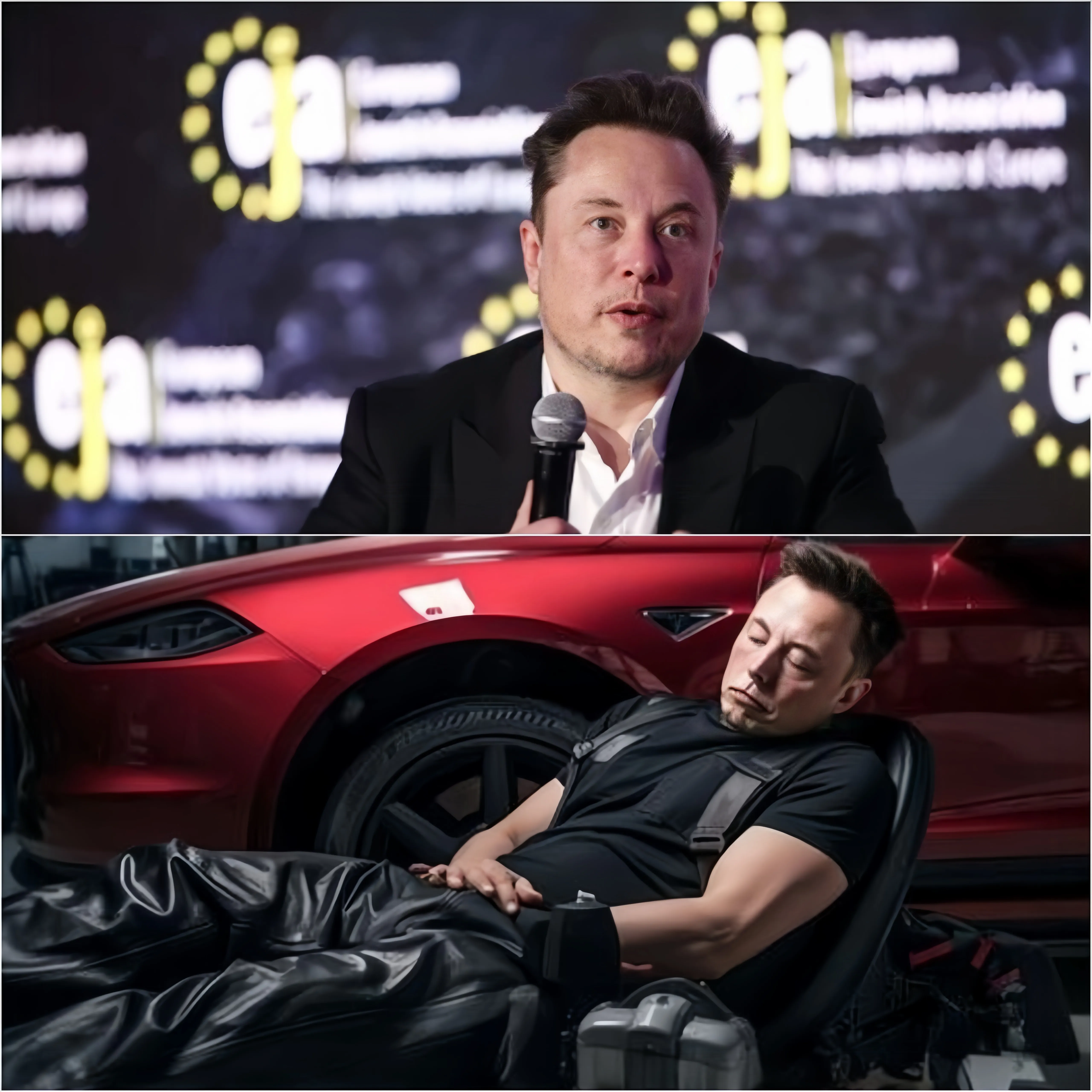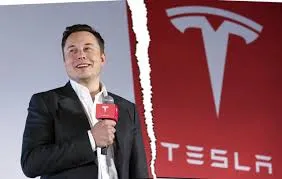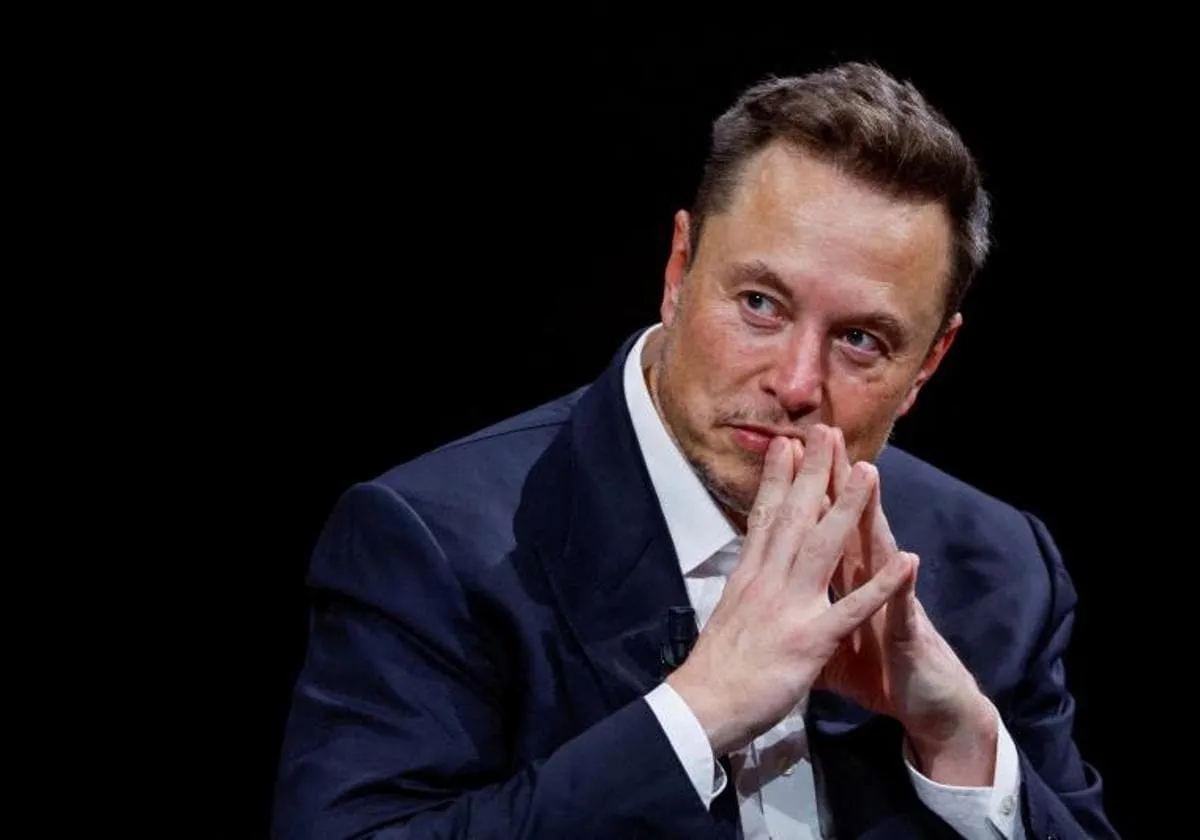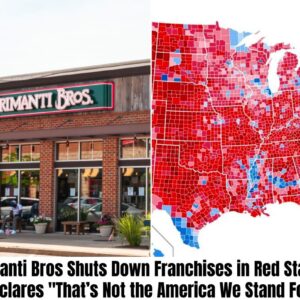In 2018, when the entire world thought Tesla was on the verge of bankruptcy:

Mercedes predicted: “They’ll go bankrupt by summer.”
BMW asserted: “They’ll never achieve mass production.”
Wall Street proclaimed: “A manufacturing nightmare.”
Then, Elon Musk decided to move into the factory, bringing with him his determination—and his pillow. What happened afterward left every CEO in awe. Tesla didn’t just survive; it exploded from the brink of collapse.

The transformation was genuinely radical:
Musk personally inspected every production station.
He rewrote software code when necessary.
He fired managers who didn’t align with his vision on the spot.
He called suppliers at 3 a.m. for urgent parts.
One night, workers even found him covered in grease while fixing a Model 3 that other engineers had “given up on.”
Elon told his engineers, “Either we fix them, or we’re done.”
The auto industry’s laughter started to fade as the numbers came in:
First week: 202 Model 3s.
Third month: 5,000 each week.
By year-end: Tesla posted its first profitable quarter.
Tesla went from being a joke to a legitimate threat, transforming rapidly and making the entire industry take notice.
“It was an incredibly painful period. I don’t know, but maybe I went a little insane,” Elon shared.
Traditional automakers had:
Over 100 years of experience.
Billions of dollars in cash reserves.
Robust global supply chains.
Deep political connections.
Today?
Tesla’s valuation surpasses the combined values of Toyota, GM, Ford, and BMW.
In just a few years, Elon Musk turned a mocked company into an automotive giant, proving that persistence and vision can change an entire industry.
News
NEWS: Elon Musk vs. Taylor Swift and Imane Khelif….
Elon Musk vs. Taylor Swift and Imane Khelif: A power play reshaping the digital landscape. Who’s next? In a dramatic turn of events, Elon Musk has once again demonstrated the immense influence he wields over the digital world, sparking chaos…
NEWS: Primanti Bros Shuts Down Franchises….
Primanti Bros Shuts Down Franchises in Red States, Declares “That’s Not the America We Stand For” Primanti Bros, the well-known Pittsburgh-based sandwich chain, has made a controversial decision to close all of its franchises in red states, citing that “That’s…
NEWS: NFL’s Travis Kelce Announces He’s Leaving…
NFL’s Travis Kelce Announces He’s Leaving Elon Musk’s ‘Hate Machine’ X App, Calling It a ‘Toxic Waste Dump’ After Scathing and Hurtful Comments About… In a dramatic turn of events, NFL star Travis Kelce has announced his departure from Elon…
NEWS: ‘Wicked’ Co-Stars Ariana Grande and Cynthia….
EXCLUSIVE: ‘Wicked’ Co-Stars Ariana Grande and Cynthia Erivo’s Cringey Public Lovefests Branded a ‘Sham’ to Cover Up ‘Behind-Scenes Hatred’ The public lovefest between Ariana Grande and Cynthia Erivo is a Wicked lie. That’s the dirt being dished by industry insiders, who said the on-set tension between…
NEWS: Sylvester Stallone is served by a black waitress….
Black Waitress Serves Sylvester Stallone, Saw Note on Check, and Burst into Tears Reba McEntire in Roberto Cavalli, Lainey Wilson in Area Suit & More ACM Awards 2024 Red Carpet Arrivals, Live Updates Country’s biggest stars gathered on the 2024 Academy…
NEWS: Steph Curry, 36, FINALLY VERIFIES THE STORIES….
At 36, Steph Curry FINALLY Confirms The Rumors Steph Curry Addresses When His NBA Career Could Be Over Steph Curry and the Golden State Warriors will host LeBron James and the Los Angeles Lakers on Christmas in what will…
End of content
No more pages to load











